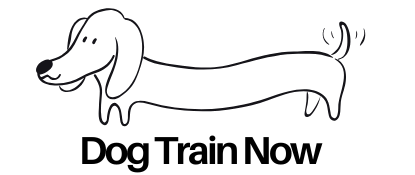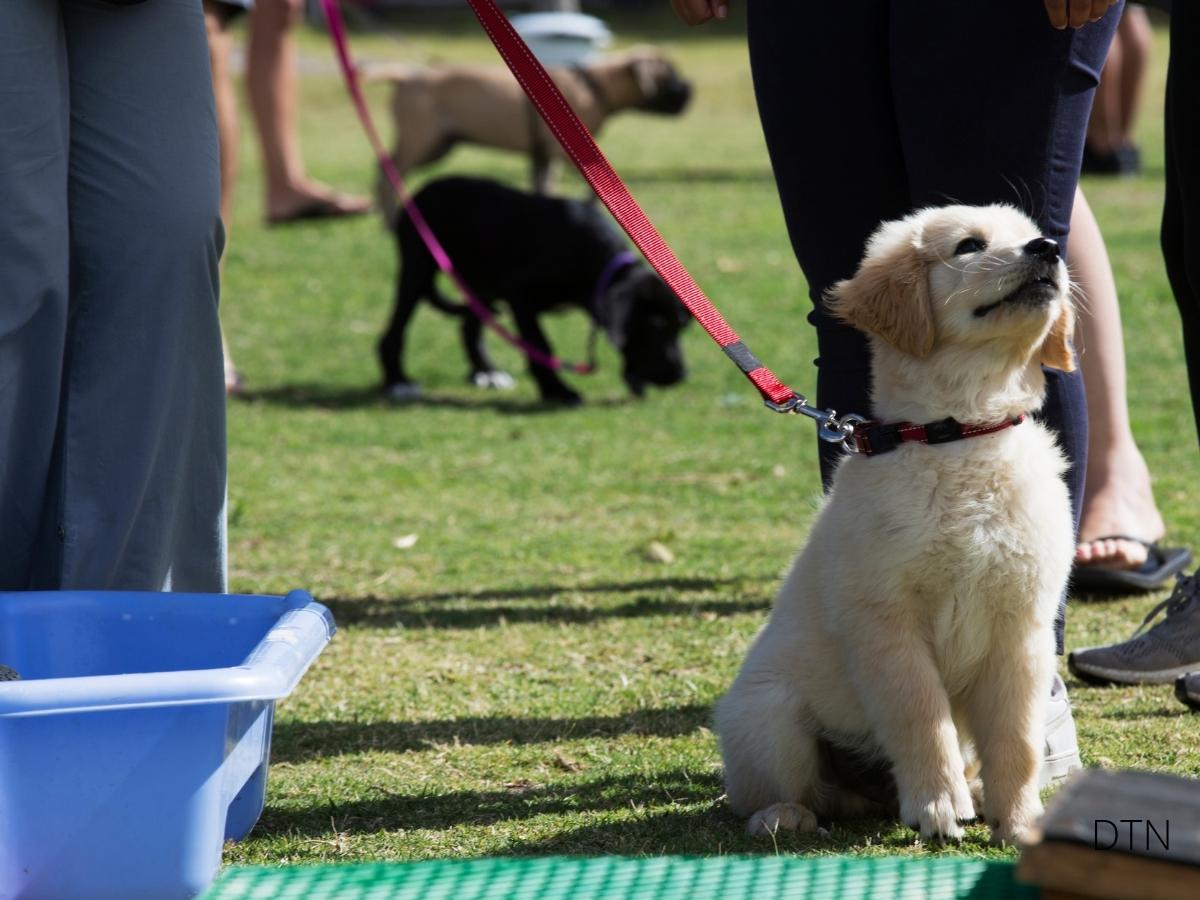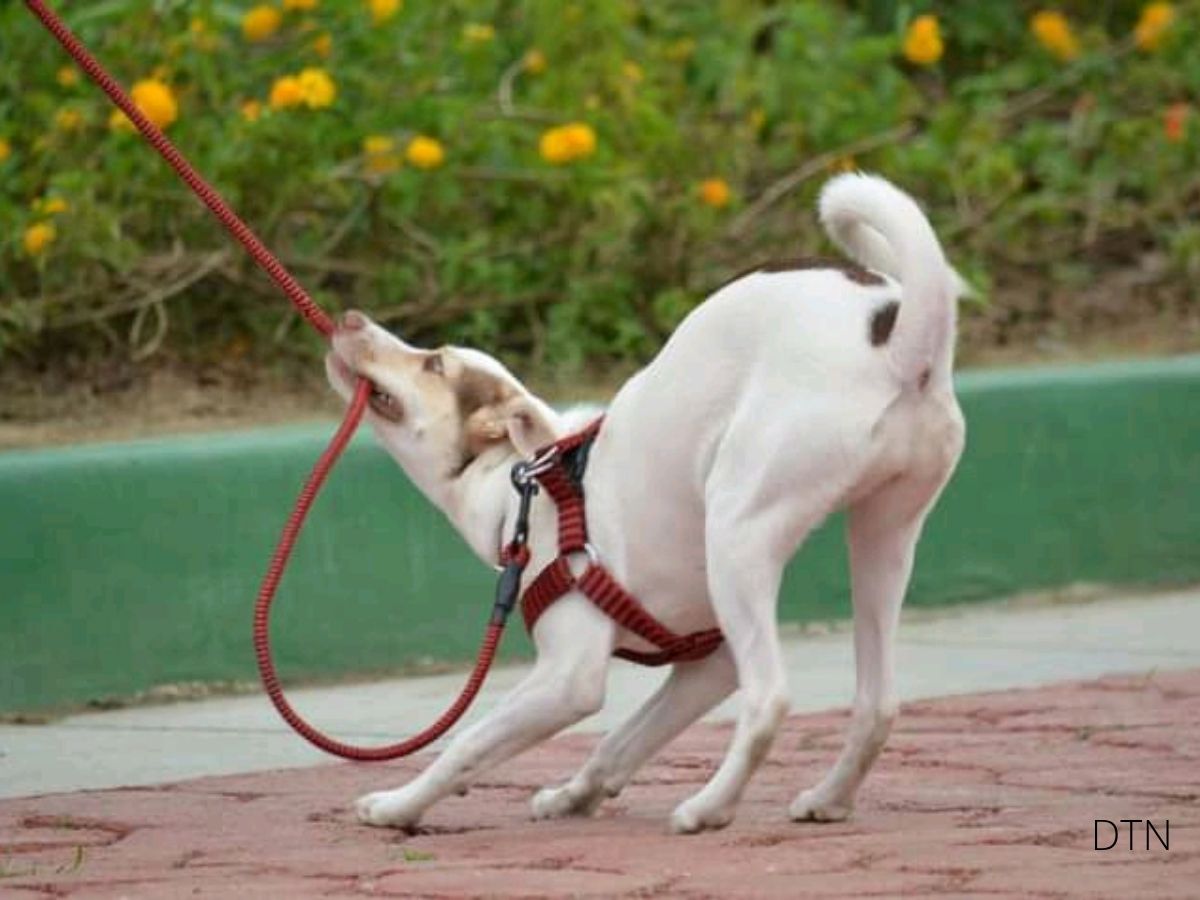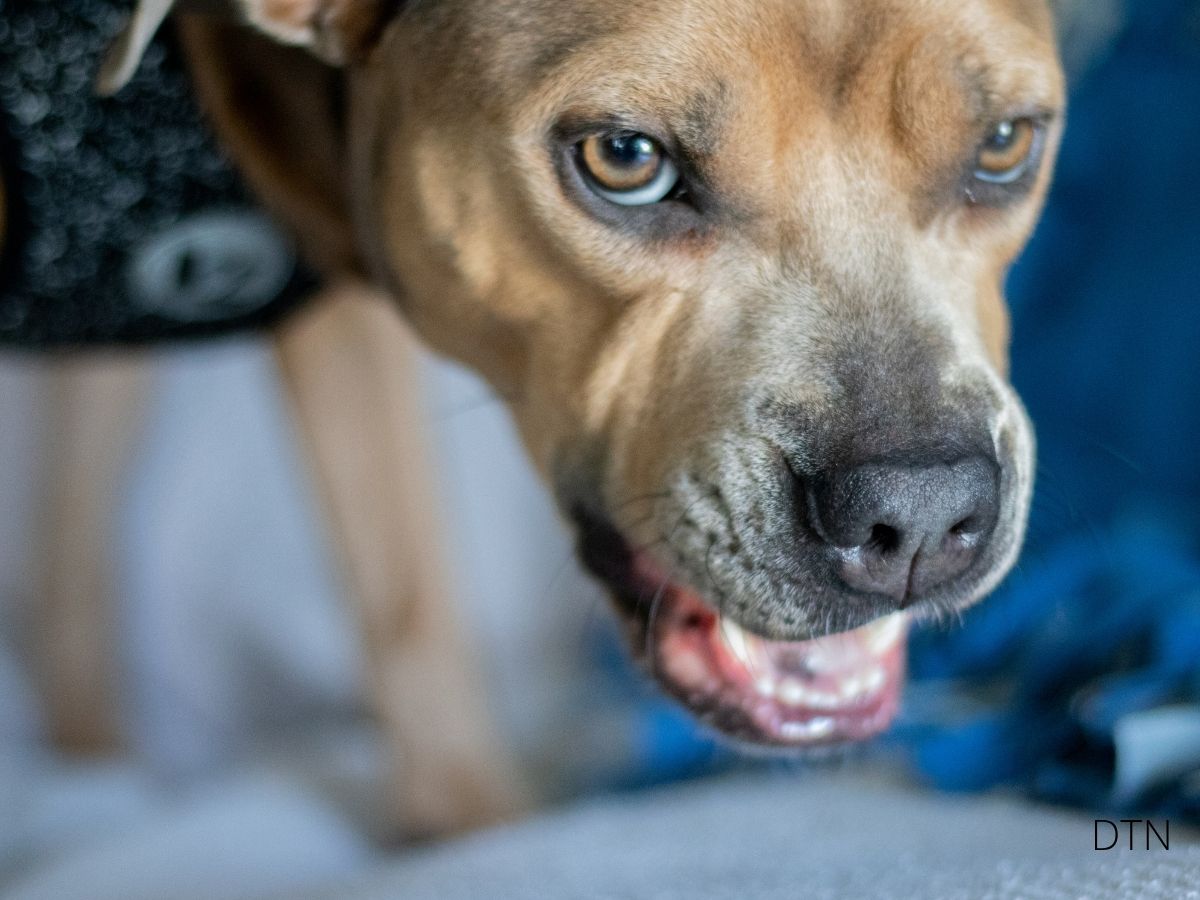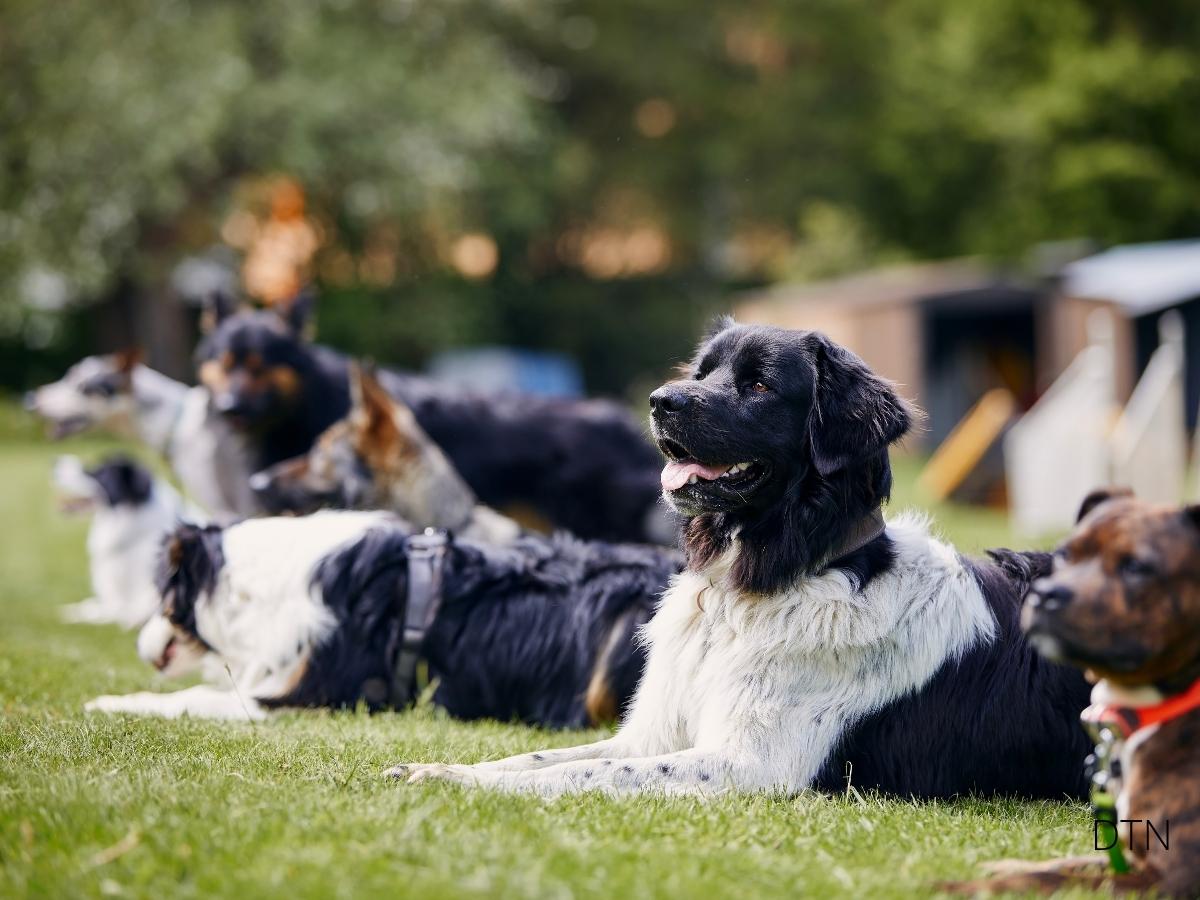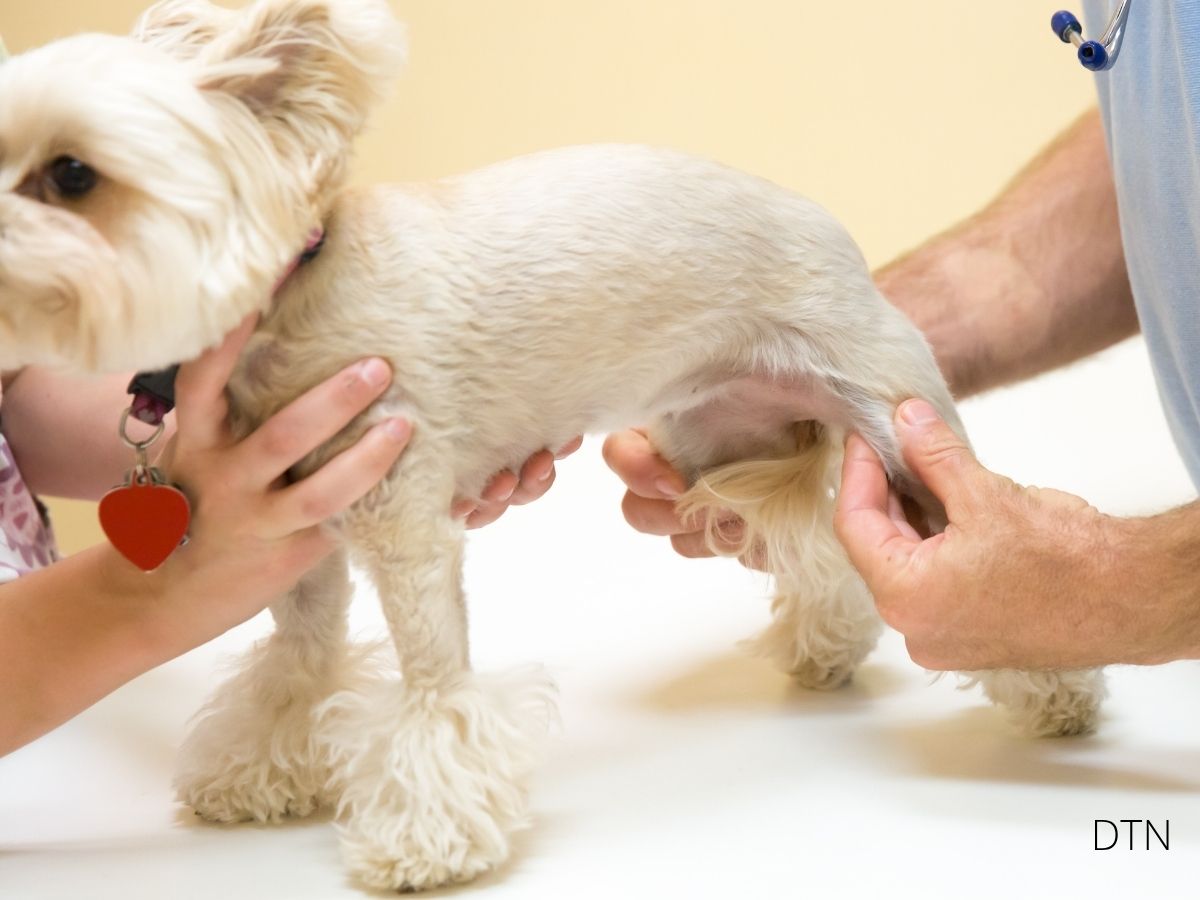Introduction: Your Journey Begins Now
Welcome to the transformative world of puppy training—a critical period that shapes not just behaviors, but the essence of your dog’s emotional wellbeing and your lifelong bond. Those first precious weeks represent far more than teaching commands; they’re about nurturing a confident companion who thrives in our complex world.
Recent research, particularly studies from the pandemic’s “Puppy Boom,” has illuminated both the resilience and vulnerability of puppies during their formative weeks. These insights offer unprecedented understanding of how early experiences shape adult behavior. Let us guide you through the neuroscience and practical training that will help your puppy flourish into a well-adjusted adult dog. 🐾
Critical Developmental Windows
Understanding the 3-16 Week Socialisation Period
The period between 3 and 12 weeks represents the “sensitive period”—when your puppy’s brain is extraordinarily receptive to forming lifelong behavioral patterns. During this window, the amygdala (emotional processing center) develops crucial neural pathways determining how they’ll respond to experiences throughout life.
Key Socialisation Checklist (3-16 weeks):
- People variety: Children, elderly, different ethnicities, people wearing hats/uniforms, using mobility aids
- Environmental stimuli: Various flooring textures, stairs, automatic doors, weather conditions, household appliances
- Sounds: Traffic, sirens, thunderstorms (low volume), doorbell, vacuum cleaner
- Animals: Well-socialized adult dogs, puppies of similar age, cats (if applicable)
- Handling: Gentle restraint, paw touching, ear/teeth examination, brushing, mock vet exams
Research shows puppies with restricted early socialisation demonstrate increased cortisol responses when encountering new situations as adults. These dogs struggle with behavioral flexibility—the ability to adapt to changing environments. While these windows are critical, neuroplasticity means patient training can help overcome early deficits, though prevention through appropriate socialisation remains far more effective.
Learning & Cognitive Foundations
How Puppies Process Information
Your puppy’s developing brain processes information differently from adult dogs. The prefrontal cortex, responsible for impulse control, is still forming connections well into adolescence. This means puppies rely heavily on associative learning and immediate consequences.
Essential Training Progression (8-16 weeks):
- Weeks 8-10: Name recognition, gentle handling, house training introduction, indoor recall
- Weeks 10-12: “Sit” and “down” basics, leash introduction indoors, meeting 3-5 new people weekly
- Weeks 12-14: “Stay” for 5 seconds, loose leash walking basics, “leave it” introduction
- Weeks 14-16: Generalization to 3+ environments, reliable house training, calm car travel
Research shows reinforcement must occur within 0.5-3 seconds for puppies to form strong associations. This narrow window exists because neural pathways connecting actions with outcomes are still developing. Using marker words (“yes!”) or clickers bridges the gap between behavior and reward delivery.
Building Reliable Behaviors
Once behaviors are learned through continuous reinforcement, transitioning to variable reinforcement strengthens persistence. This mirrors natural learning—not every hunt succeeds, but possibility maintains the behavior. Puppies initially learn commands as context-specific. “Sit” learned in the kitchen may not translate to the park without deliberate practice in 5-7 different environments.
Emotional & Social Development
Trust and Attachment Formation
The bond between you and your puppy is neurobiological. Positive interactions release oxytocin in both species, creating a feedback loop strengthening attachment. Consistent, positive responses create secure attachment, characterized by confident exploration and quick stress recovery.
Early Warning Signs of Anxiety:
- Body language: Excessive lip licking, yawning when not tired, showing eye whites, trembling
- Behavioral indicators: Inability to settle, excessive attachment to one person, reluctance to explore
- Physical symptoms: Excessive shedding during mild stress, panting when not hot, drooling
- Social concerns: Refusing treats in new environments, regression in learned behaviors
Research reveals aversive training doesn’t just fail to build trust—it actively damages it. Studies show 82.3% of “Pandemic Puppies” experienced aversive methods, correlating with increased behavioral problems by 21 months. Conversely, positive reinforcement activates reward centers, creating intrinsic motivation far more powerful than punishment avoidance.
Preventing Anxiety-Related Behaviors
Nearly one-third of pandemic puppies developed separation-related behaviors by 21 months. Prevention involves graduated departures from day one—seconds building to hours. The puppy learns departures predict returns, preventing panic responses.
Noise fears affect 67% of dogs, but early intervention proves highly effective. During socialisation, pair low-level noise with high-value rewards. Start with barely audible recordings during meals, gradually increasing volume over weeks.
Environmental & Family Factors
Multi-Household Dynamics
Age-Appropriate Responsibilities:
- Ages 3-5: Ring potty bells, help fill water bowls, practice “statue” when puppy jumps
- Ages 6-8: Lead simple commands, help prepare Kongs, practice “find it” games
- Ages 9-12: Conduct 5-minute training sessions, manage one daily feeding
- Teenagers: Primary responsibility for walks, lead intermediate training, coordinate playdates
Create visual command charts all family members can reference. Hold weekly training meetings where everyone practices the same exercises, preventing confusion while maintaining household involvement.
Work Schedule Adaptations
Remote Work: Schedule “working hours” where puppies self-entertain, preventing over-dependence. Use breaks for 5-minute training sessions—more effective than single long sessions. Vary routines deliberately to prevent anxiety when schedules change.
Traditional Schedule: Prioritize mental stimulation before work—tired puppies sleep while you’re gone. Lunch visits provide crucial training opportunities during peak learning windows. Evening training should focus on bonding and calm behaviors.
Nutrition-Behavior Connection
Ingredients Affecting Behavior
Problematic Ingredients to Avoid:
- Artificial colors (Red 40, Yellow 5): Linked to hyperactivity, reduced focus
- Chemical preservatives (BHA, BHT): May cause restlessness, anxiety-like behaviors
- Excessive grains as primary ingredients: Blood sugar instability, mood swings
- Added sugars: Hyperactivity followed by crashes, reduced frustration tolerance
High-quality proteins provide amino acids like tryptophan, precursor to serotonin. Adequate levels promote calm, focused behavior conducive to learning. DHA supplementation supports brain development, improving trainability and reducing fearfulness.
Treat Economics
Treats should comprise maximum 10% of daily calories. For a 20-pound puppy needing 600 calories:
- 60 calories for treats = only 12 commercial treats (insufficient)
- Solution: Use kibble from meals, unlimited green beans, play as reinforcement
- Create treat hierarchy: kibble for basics, freeze-dried meat for challenges, “jackpots” for breakthroughs
Dogs laugh, but they laugh with their tails.
– Max Eastman
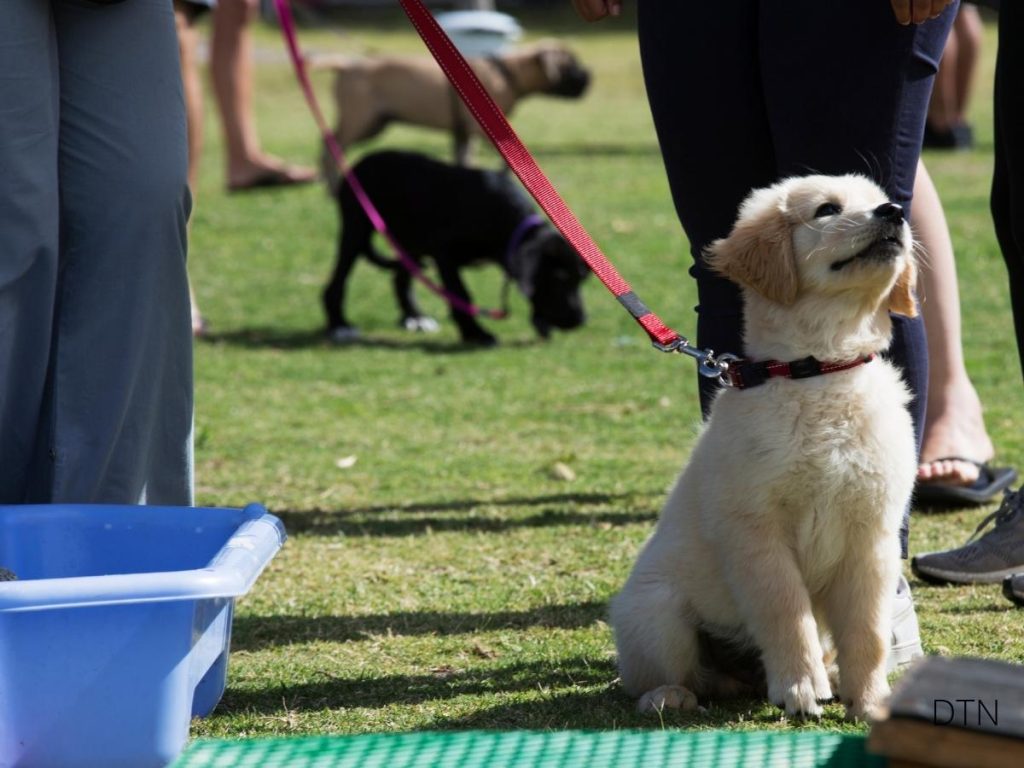
Myth-Busting: Science vs. Fiction
Dominance Theory Debunked
Dominance theory originated from flawed studies of captive wolves forced into artificial packs. Natural wolf families operate through cooperation, not dominance. The original researcher, David Mech, has spent decades correcting this misunderstanding.
Dogs recognize humans as different species, not pack competitors. Alpha rolling doesn’t teach respect—it teaches fear, destroying trust and potentially triggering defensive aggression. Modern science shows dogs learn through consequences, not hierarchy.
“Cry It Out” Damage
Prolonged puppy distress floods brains with cortisol during critical development, altering brain architecture. The amygdala becomes hypersensitive, predisposing to anxiety disorders. Puppies who stop crying haven’t self-soothed—they’ve learned helplessness.
Instead, use graduated separation: microseconds building slowly as puppies remain calm. This creates genuine confidence rather than suppressed panic.
Quality Over Quantity Socialisation
Optimal Socialisation by Age:
- 7-9 weeks: Meet 3-5 new people weekly in calm settings
- 10-12 weeks: Controlled play with 1-2 appropriate playmates
- 13-16 weeks: Quality interactions with known, safe dogs
- 16+ weeks: Regular but controlled social interactions
One study found puppies meeting 10+ new dogs weekly showed higher adult aggression rates. Five positive, controlled interactions benefit more than twenty chaotic ones.
“They’ll Grow Out of It” Fallacy
Behaviors That Never Self-Resolve:
- Resource guarding escalates from food protection to aggression
- Demand barking strengthens through intermittent reinforcement
- Leash pulling becomes physically stronger with growth
- Separation anxiety compounds without independence training
Fear behaviors addressed before 6 months show 85% improvement; after adulthood, only 35%. Each rehearsal strengthens neural pathways, making change increasingly difficult.
Special Circumstances
Single-Person Households
Without built-in variety, deliberately create diverse experiences. Enlist friends for occasional training sessions, preventing over-dependence on your cues. Start separation exercises immediately, even when home, using gates for visual barriers.
Littermate Syndrome
Raising two puppies requires preventing unhealthy co-dependence:
- Individual training daily in separate rooms
- Separate socialization experiences
- Different crates in different areas
- Limited, supervised together time
Each puppy needs individual attention to prevent one becoming overly dependent on the other.
Professional Support
When to Seek Help
Red Flags Requiring Immediate Consultation:
- Growling/snapping at family members beyond normal mouthing
- Complete shutdown in new environments
- No house training improvement by 5 months
- Excessive self-licking or tail chasing
- Complete inability to interact with other dogs
Early intervention during puppyhood is exponentially more effective than addressing established adult behaviors.
Building Your Network
Quality puppy classes offer controlled socialisation and owner education. Research shows attendance correlates with reduced behavior problems and decreased aversive training use. Look for certified trainers (CCPDT, IAABC) using positive reinforcement exclusively.
Conclusion: Your Journey Forward
The science is clear: structured, positive training during critical developmental periods shapes not just behaviors, but fundamental capacity for resilience and emotional wellbeing. The pandemic puppy research demonstrates that even in challenging circumstances, informed approaches overcome limitations.
Every positive interaction strengthens neural pathways defining your dog’s behavior and your relationship for years. Whether you’re a first-time owner or experienced handler, remember that seeking support shows wisdom, not weakness.
Your puppy’s potential is limitless, waiting to be unlocked through understanding, patience, and science-based approaches. The investment you make now pays dividends for the next decade. You’re not just training a dog—you’re nurturing a relationship that will enrich both your lives immeasurably. Welcome to the extraordinary adventure of raising a puppy with science, love, and intention. 🧡
